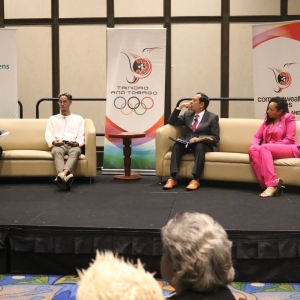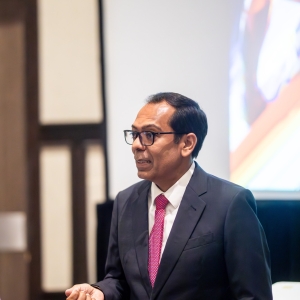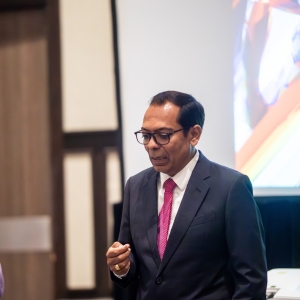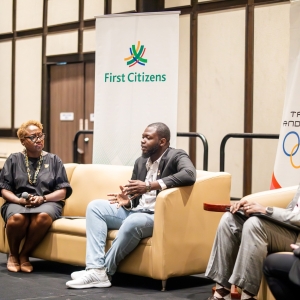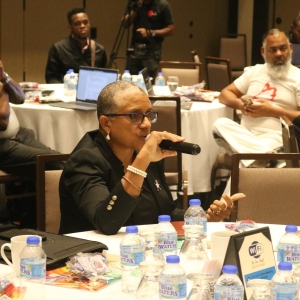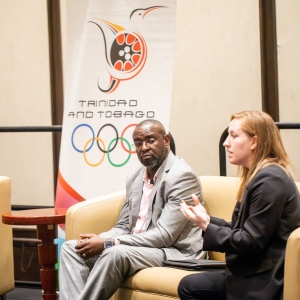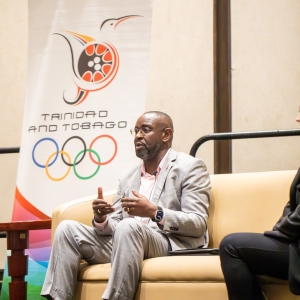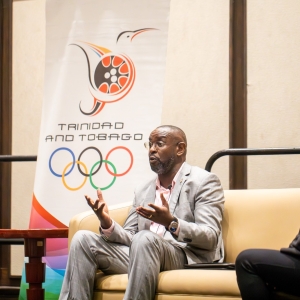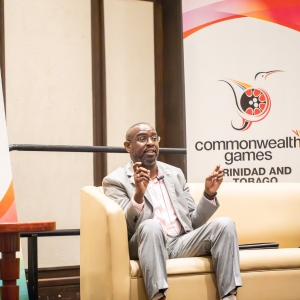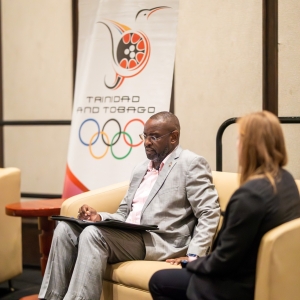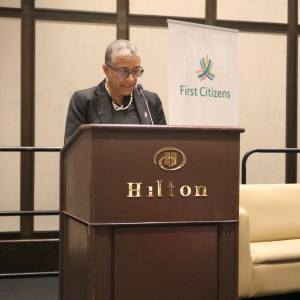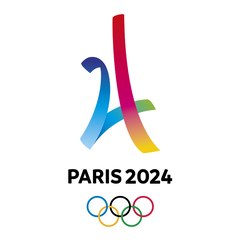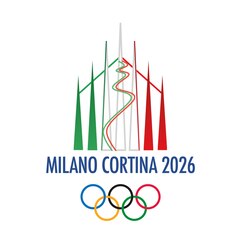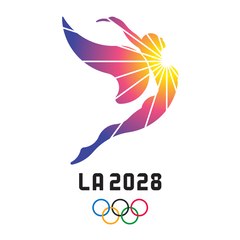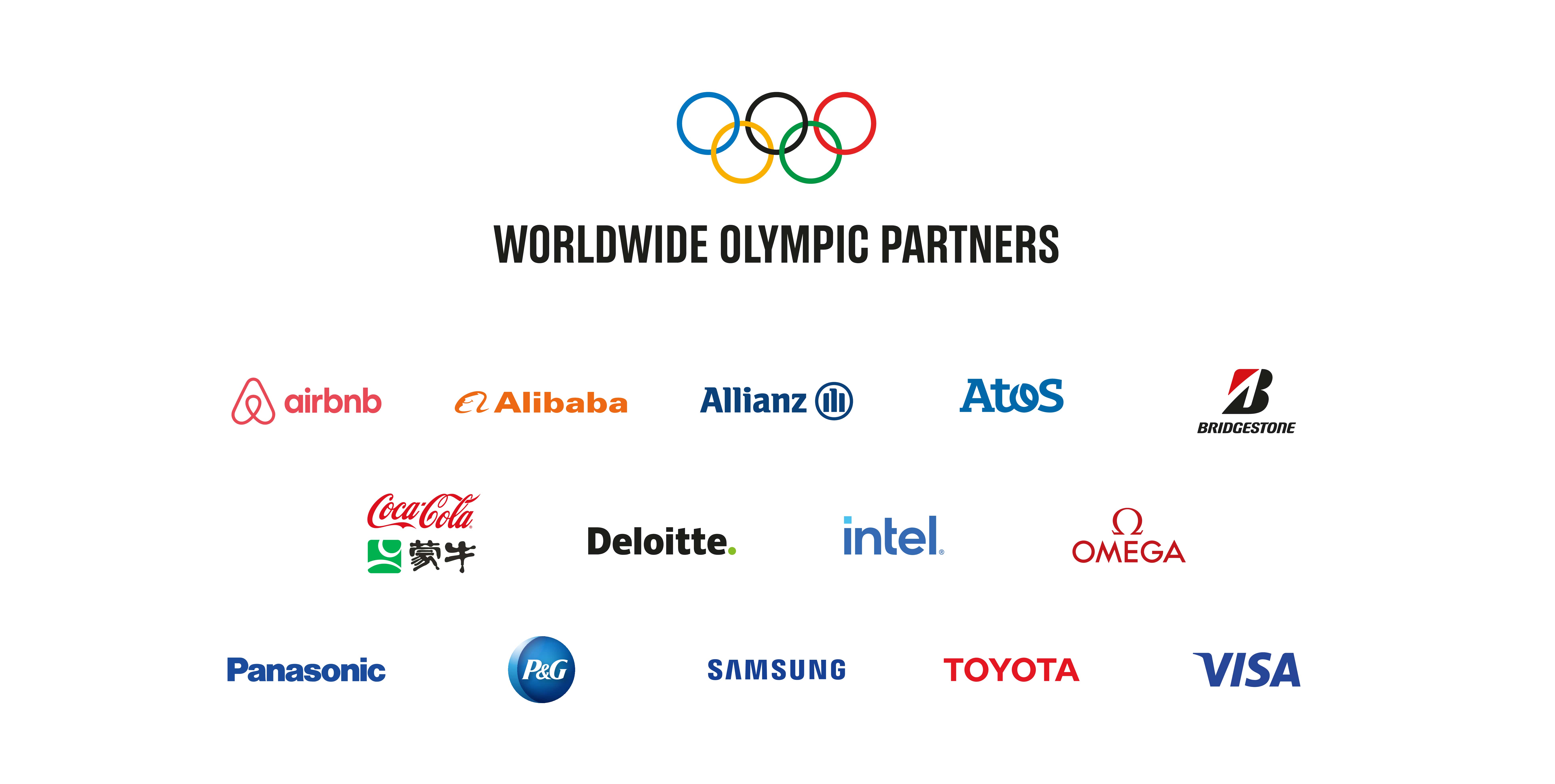China’s growth as a sporting superpower has been accompanied by its increasing attraction to international event organisers and sponsors
By virtue of its population alone, China ought to be one of the world’s biggest sporting nations – and it is investing in line with that goal, aiming to build on the huge foundations of the 2008 Beijing Olympics to create a £503bn sports industry by 2025.
The government-set target is for the sporting sector to provide a sustainable national income while getting more than 500m of its people, almost a third of its present population, to exercise regularly.
So China is also planning to grow its average area of sports facilities to 2sq m per person from 1.2sq m in 2010. The rapid growth of China’s sports and leisure is linked, as it is in the West, to an expanding middle class with greater disposable income and more time to spend it.
But the business of sport in China is centrally planned, with government committed to breaking down industrial and policy barriers, such as complex administrative approval procedures, to support the sector’s growth. That does not necessarily mean fast profits, with China’s track record in sports business short and thin on margins. The 2008 Olympics and Paralympics, for example, made a profit of just $146m on their final operating budget of $44bn.
China is facing the challenge of showing the world it can deliver on its sporting ambitions
But since then China has made impressive strides in a number of sports. In tennis, the Rolex Shanghai Masters now boasts total prize money of $4.8m and has been voted the No 1 ATP World Tour event by the world’s leading male players for the past five years. Tournament director Michael Luevano has gone on record as stating China will “outspend, outperform, outbuild and produce the world’s greatest athletes” over the next 20 years, with overseas investments in sponsorship of athletes and events playing a major role.
Chinese sport has changed significantly from the 1990s, when spectators for events such as badminton, tennis, volleyball and table tennis tournaments were bused in by sporting associations.
Now most Chinese sports events are ticketed in a similar way to those in the West, while football, tennis, golf and motor racing personalities are major stars in China, with growing merchandise and hospitality sales as well as increasing engagement with fans through social media.
Formula One has staged a grand prix in Shanghai since 2004. Crowds more than halved from the initial 250,000 but have recovered much of that ground, with 202,000 people attending over the three days of this year’s event. Equestrian and showjumping events have been held in the city since 2012 as part of the Longines Global Champions Tour. Corporate sponsors such as PricewaterhouseCoopers (PwC), Beijing Bank, the Beijing Automotive Group and internet giant Tencent Group backed Beijing’s successful bid to host the 2022 Winter Olympics and Paralympics, which will make it the first city in modern Games history to host both the summer and winter events.
PwC perceives its involvement as a continuation of its increasing role in Chinese sport, having supplied auditing, accounting or consulting services for the 2007 Special Olympics in Shanghai, the Beijing Olympics the next year, the 2011 Summer Universidad in Shenzhen and the 2014 Youth Olympic Games in Nanjing.
China is aiming to create a £503bn sports industry by 2025
Beijing 2022 has a $2bn operating budget and a $1.5bn investment budget, and in addition there is planned infrastructure investment in a high-speed rail link to Zhangjiakou, 105 miles (170km) north-west of the capital.
The bid documents for the event envisage that $858m in marketing revenue will be raised, with 80pc of this coming from sponsorship. By then, China will be just three years away from its 2025 deadline. With Chinese economic growth having ebbed in recent quarters, potential investors will be watching closely to check that the reality matches the government’s promises.
The Chinese insurer Ping An recently became the lead sponsor for the Chinese Super League, the country’s top domestic football competition. While the four-year deal reflects a 130pc increase over the 65 million yuan (about $10bn) per year that was previously being paid by the Wanda Group, independent commentators have noted that the league rejected a deal from Ford, whose sponsorship of the Uefa Champions League ended in 2014 after an association dating back to the launch of the competition in 1992-93.
China is facing the challenge of showing potential sponsors as well as the wider world that it can deliver on its sporting ambitions and bolster its wider aspirations for continuing economic growth.
Brand new appeal
“Increases in wealth and population have turned sport into a multimillion-dollar business in China. The government and state-owned firms are investing heavily in building a culture and infrastructure for sport, resulting in a surge in the number of private companies and Chinese billionaires becoming involved. They are benefiting from commercial returns and the powerful branding and reputational effect of sport and we are likely to see more international brands with a business interest in China wanting to be part of the game.”
– David Peng, head of Asia, investment director, Standard Life Investments

